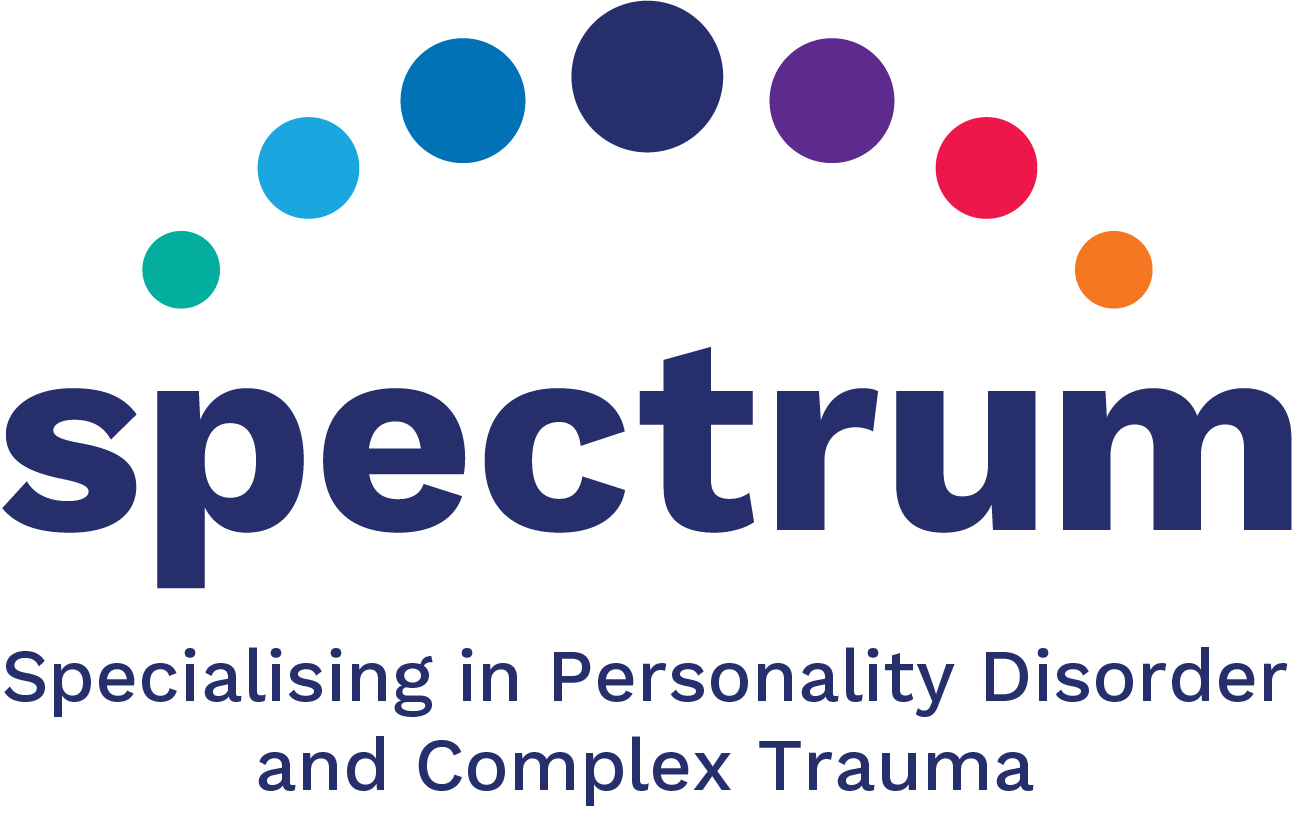Overview
Borderline Personality Disorder (BPD) is a mental health condition that, like many others, is uniquely experienced by the person.
People living with BPD often experience difficulties in trust, high levels of emotional distress, self-hatred, impulsivity, and may engage in self-harming behaviours as a coping strategy. Many struggle with interpersonal skills which can result in difficult relationships. However, amid these challenges, those living with BPD are often quite creative, empathetic people and loyal friends.
Having BPD can make it very hard for some people to gain a strong sense of identity, maintain interests, and feel understood by loved ones. Without this foundation of self-understanding and self-value, people living with BPD can quickly feel both attached to and/or rejected by people around them – this could be friends, partners, co-workers.
Signs and symptoms
The first symptoms of BPD usually first appear during the teen years and continue on into adulthood. Current research indicates that a combination of biological, social, and environmental factors (may include experiences of trauma) play a role in whether a person develops BPD or not. It’s important to note that the term borderline personality disorder is a diagnostic label and does not define the person.
Someone living with BPD may:
- Experience fluctuations in emotional well-being
- Find it challenging to regulate their intense emotions
- May form extremely strong and rapid connections with others, which may just as rapidly change to devaluation of the person/ relationship often resulting in intense short-term relationships
- Feel a sense of detachment from themselves and others
- Face difficulties in personal relationships due to their variable sense of self.
- Engage in self-harming behaviours
- Find it challenging to manage overwhelming emotions alone, often seeking supportive companionship during tough times
- Find it challenging to manage spontaneous urges
- Be more susceptible to thoughts of self-harm or suicide
The sooner the person seeks help from a mental health professional, the sooner they can manage their symptoms.
Causes of borderline personality disorder
The pathways to the development of BPD is not fully understood, however is believed to arise from a complex mix of genetic predispositions and childhood experiences. While genetics play a significant role, with an estimated heritability of approximately 60%, environmental factors also contribute, particularly adverse childhood experiences. These experiences might include misattunement in parental caregiving, where the child’s needs may not align with the support that the parent, for a multitude of reasons, can provide.
How is borderline personality disorder diagnosed?
In Australia, only a clinical psychologist or a psychiatrist are authorised to diagnose BPD. While screening tools can aid in the diagnostic process, ongoing collaboration with a healthcare professional who develops a comprehensive understanding of your needs is vital for identifying symptoms accurately.
It’s crucial to find a clinician who respects and understands BPD.
Don’t hesitate to explore different options and seek a psychologist or psychiatrist who has experience working with BPD. Beyond expertise in BPD, prioritise finding a professional who is committed to a collaborative therapeutic approach, actively engages with you, and allows you to guide the sessions. Everyone deserves compassionate support from a mental health professional who values their unique experiences and is dedicated to assisting them on the path to recovery.
How is borderline personality disorder treated?
Several specialised treatments are commonly used for treating BPD. These are listed below.
Increasing evidence is showing that structured generalist approaches are also helpful for people living with BPD. These approaches follow the Core Principles of Care.
The core principles are:
- Collaborative Therapeutic relationship
- Trauma-sensitive Care
- Working with Family, Friends, and Supporters
- Recovery Focus
- Balance Validation with Change
- Use a Structure Treatment Framework
To learn more about the Core Principles, click here.
Specialised Therapies:
When it comes to BPD, there is little evidence to show that any one therapy is more beneficial than others. Every person is different and it is important to find what works for you.
Dialectical behaviour therapy
One of the most common treatments for BPD is Dialectical Behaviour Therapy (DBT), a form of talk therapy focusing on mindfulness and self-acceptance while guiding people toward positive life changes. DBT incorporates group skills training, individual therapy sessions, and phone consultations. It takes a holistic approach, addressing behaviours step by step with the person and their therapist working together to identify and implement solutions that align with the persons goals. Shorter versions of DBT that focus on skills training only, are also offered by some service providers.
Transference Focussed Psycho Therapy (TFP)
Transference therapy is another type of talk therapy which aims to help a person living with BPD learn to manage their emotions in social situations. At points of distress or conflict, the therapist helps the person reflect upon how they react out emotionally towards other people, and what is motivating their behaviour in that moment. Through repeated scenarios, transference therapy can help reveal the underlying fears and anxieties that may cause someone living with BPD to enter the ‘all-or-nothing’ state of mind that leads to challenging relationship patterns.
Mentalisation-Based Treatment (MBT)
Is a type of therapy for people who find it difficult to make sense of their own feelings and the feelings of others. In MBT, therapists help people to reflect on their emotions and build a person’s capacity to modify their reaction. This therapy involves talking about past experiences and practicing skills to improve relationships and control impulses.
Schema-Focused Therapy (SFT)
Is a type of therapy that focuses on understanding and changing unhelpful patterns in how we think, feel, and behave. In SFT, therapists work with individuals to identify these patterns, which are called schemas, and help them develop healthier ways of thinking and responding to situations.
Medication
Although there is no specific medication to treat BPD in Australia, many people will still be prescribed medication at some point in their healthcare journey, whether this be to support their treatment during a crisis or co-existing conditions. Medications used often include mood stabilisers or anti-psychotic medications and can be more effective when used as a secondary treatment to other forms of psychotherapy and social therapies.
Help & Support
The Australian BPD Foundation estimates that in Australia between 1% and 4% of people are affected by BPD at some point in their life. BPD symptoms usually appear in early adolescence to early adulthood. For adults in hospital with mental health-related issues, it is estimated that 25-43% of inpatients and 23% of outpatients have experienced BPD. People experiencing BPD can get support and treatment.
Seeking treatment for BPD from a clinical psychologist or psychiatrist is considered an effective approach due to their specialised training and experience. To find the right mental health professional, reaching out to local mental health organisations is recommended, as they can provide insights into suitable clinicians in the area.
Once you know which psychologist or psychiatrist you want to see, visit your local GP to receive a referral. They will give you the right paperwork so you can book an appointment with your chosen psychologist or psychiatrist.
Alternatively, there are other therapeutic options available such as art therapy, support from mental health nurses, occupational therapy, and assistance from social workers who possess the necessary skill set. These alternative options can provide valuable support and guidance in managing BPD symptoms and improving overall well-being.
Next steps
If someone suspects that they or someone that they are supporting, may be experiencing borderline personality disorder, it’s important to speak to a GP, psychiatrist or other trusted health professional.
There are also many support groups, websites and virtual networks, that can assist to understand the disorder or help connect with others who have lived experience. There are several organisations in Australia dedicated to helping people living with BPD.
Websites

Australian BPD Foundation
They offer resources and have moderated forums that are a supportive community where you can chat with others in similar situations. Join a discussion or start a new one today. Visit site(Opens in a new tab)National Education Alliance for Borderline Personality Disorder
The National Education Alliance for Borderline Personality Disorder provides education and raises public awareness and understanding of Borderline Personality Disorder and/or related problems. Visit site(Opens in a new tab)Spectrum BPD
Works with mental health services and health professionals to provide treatment for people diagnosed with a personality disorder and particularly at risk from serious self-harm or suicide and who have complex needs. Visit site(Opens in a new tab)Project Air Strategy for Personality disorders
An internationally recognised leader in research, education and treatment of personality disorders. Visit site(Opens in a new tab)


